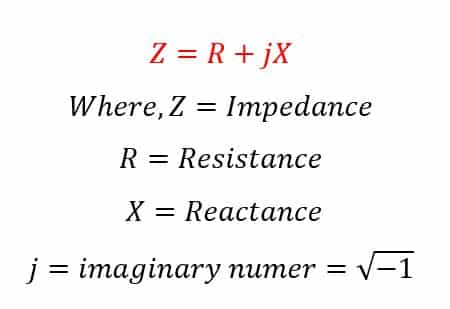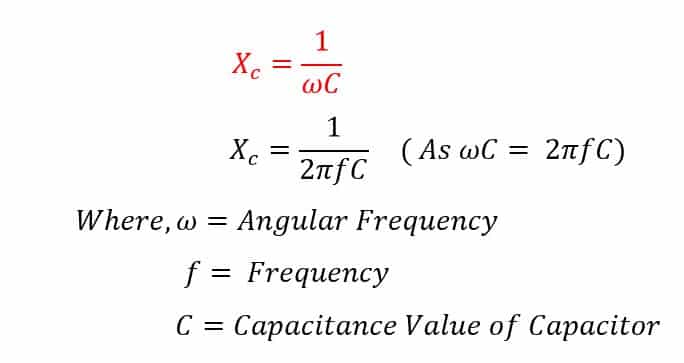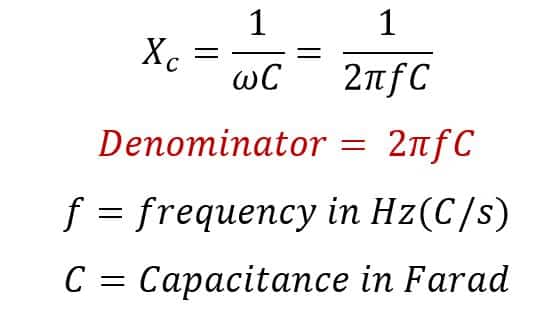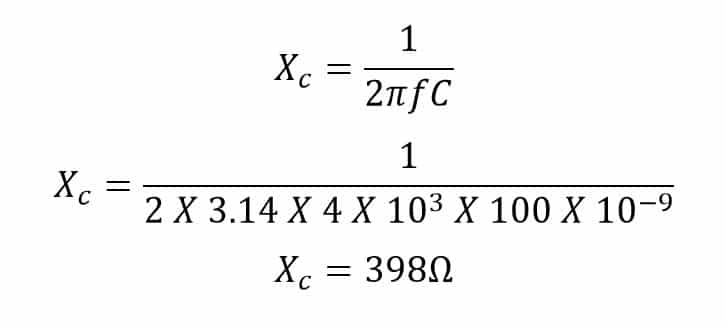The capacitive reactance calculator is a tool to calculate the reactance of the capacitor. The reactance phenomenon happens with an alternating current. The capacitive reactance of the capacitor is almost infinite for direct current. In other words, we can say that capacitor oppose the DC. In this article, we will discuss capacitive reactance calculation and its formula.
What is a Capacitive Reactance?
The property of the material that opposes the flow of electric current in the circuit is resistance. Its unit is the ohm(Ω). In a similar way, reactance is the property of the capacitance and reactance that oppose the flow of current. The unit of reactance is also Ohm(Ω). The reactance terminology is only applicable to the AC circuit. The circuit components, such as capacitor and inductor, offer reactance to alternating current. The reactance is the opposition offered to an electric current in the AC circuit.
The capacitor reactance causes reactive current to flow in the AC circuit. The reactive current is a watt-less component of the AC circuit current.

The resistance of a pure capacitor and inductor is zero, hence the impedance of the pure capacitor and inductor have only the reactance parts. In this condition, the reactance of the capacitor and inductor is equal to the impedance of the inductor and capacitor.
How to calculate capacitive reactance? Capacitive reactance formula
The resistance opposes the flow of DC and AC current. However, the capacitive reactance opposes the flow of alternating current. Also, this theory applies to the capacitors connected in the series or parallel combinations in the AC circuit.
The main difference between AC and DC is that AC has frequency whereas DC has zero frequency. The reactance of the circuit components, such as the inductor and capacitor depends on the frequency. In other words, we can say that the reactance of the capacitor and inductor is frequency-dependent.
We can calculate the reactive capacitance of the capacitor using the following capacitive reactance formula.

The reactance of the capacitor is inversely proportional to the frequency. Therefore, the reactance decreases with an increase in frequency. As a result, the capacitor takes a lesser charging time with increased frequency. Thus, the capacitor offers lower reactance at a higher frequency.
The frequency of the direct current is zero because it is unidirectional. The capacitor offers almost infinite reactance to the DC ( f=0); therefore, the capacitor behaves open circuit for DC.
Capacitive Reactance Calculator
How to use the capacitive reactance calculator?
- First, convert the capacitance value into Farad. The relationship between the various capacitance value and the farad is given below.

- Find the value of the denominator by the capacitive reactance formula given below.

- Now get the inverse value of the denominator of the step no.2
- Write the unit of reactance ohm.
- Now check the result with the capacitive reactance calculator.
Solved problem on capacitive reactance calculation
Calculate the reactance of the capacitor value of a 100nF capacitor at a frequency of 4kHz.
Given data,
C= 100nF = 100 X 10-9 Farad
f = 4KHz = 4 x 103 Hz
